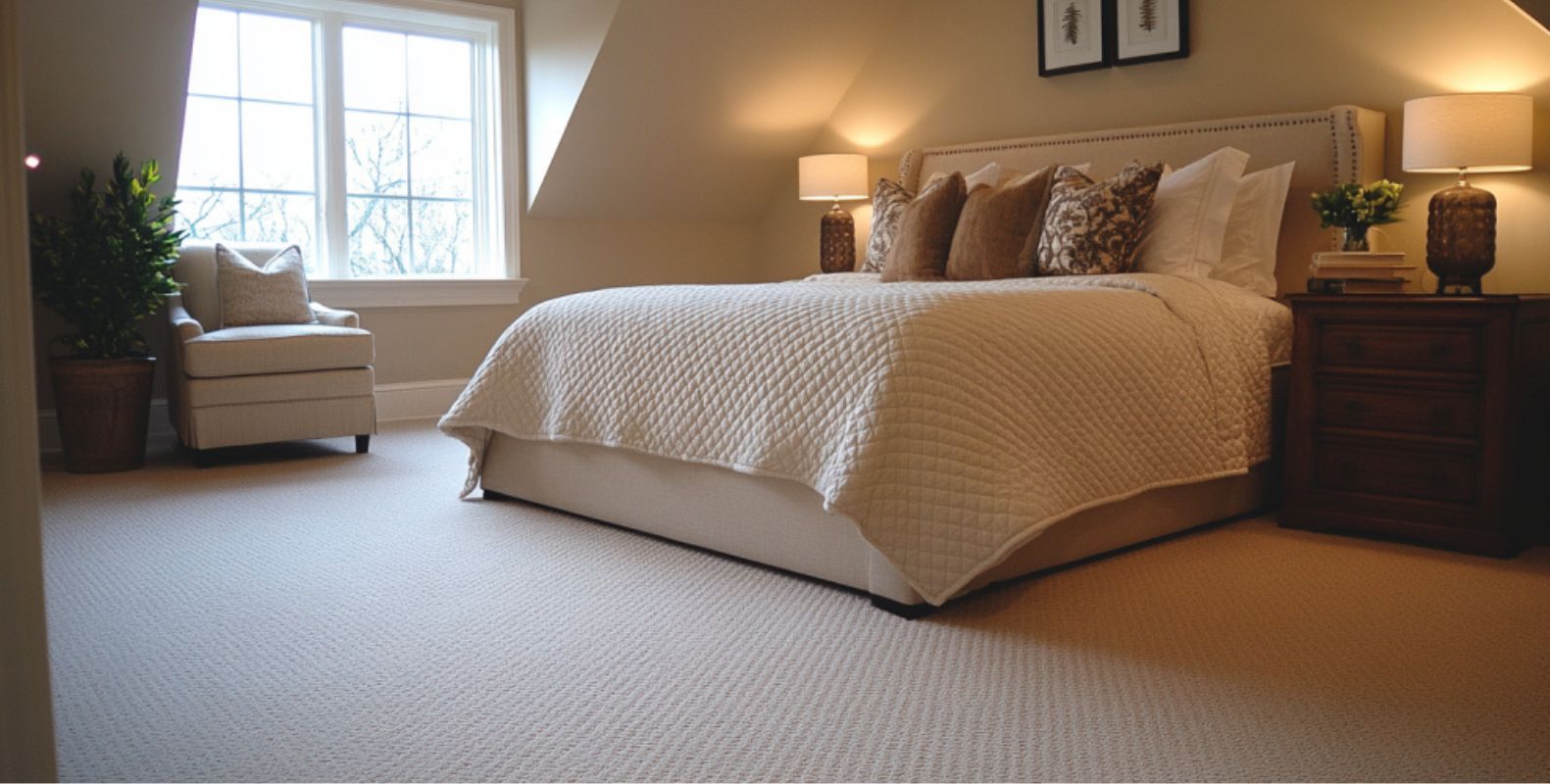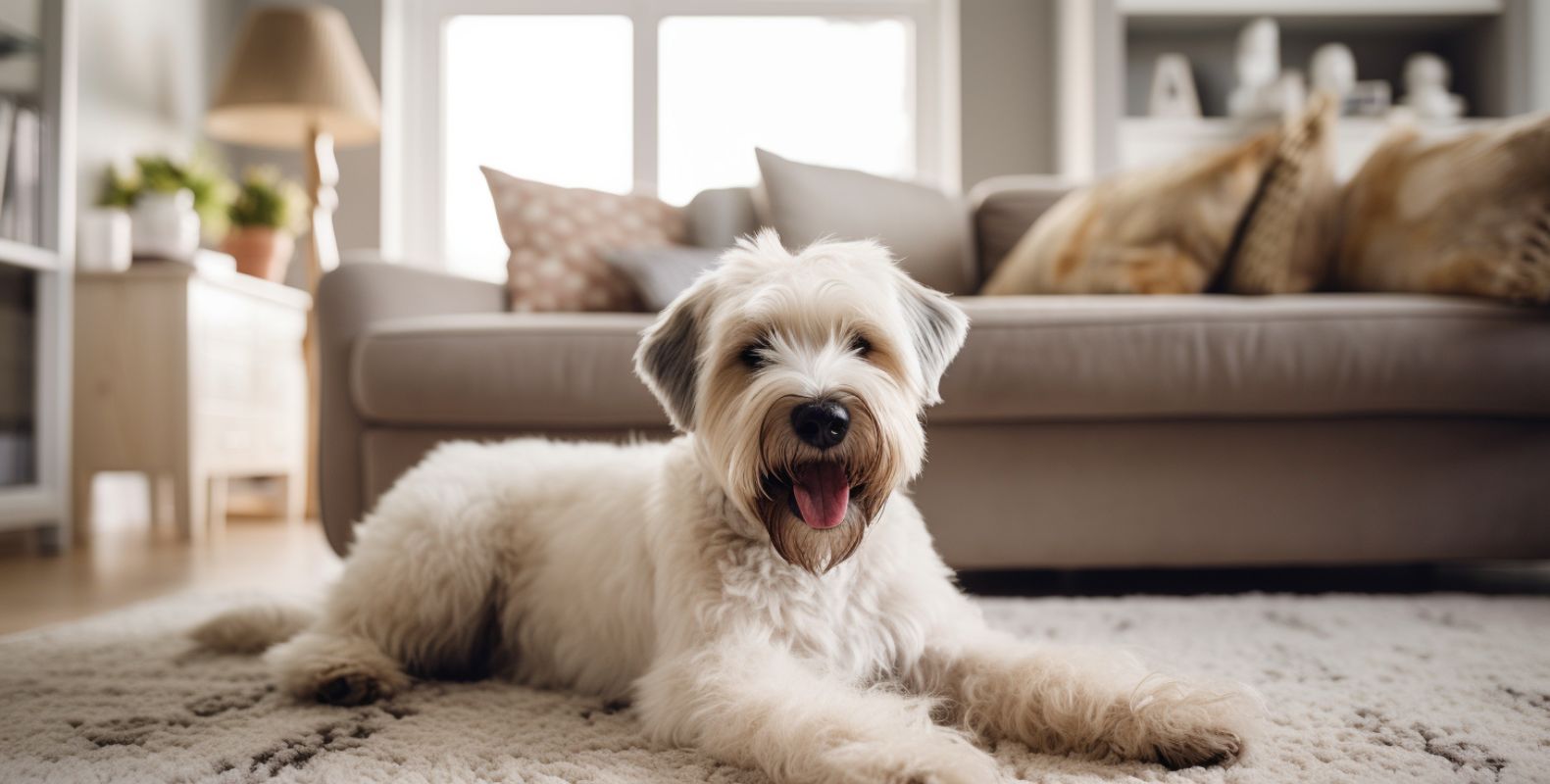How to Remove Pet Odors from Carpets in El Segundo
As a long-time pet owner, I know firsthand the joy pets bring to a home—and the challenges that come with them. If you’ve ever walked into your living room only to catch an unpleasant whiff of a lingering pet smell, you’re not alone. I’ve been there, and after years of trial and error, I’ve finally figured out the best ways to tackle stubborn pet odors in carpets.
Whether it’s the occasional accident, that distinct “wet dog” smell, or just the everyday buildup of fur and dander, pet odors can be tough to manage. But with the right steps, you can keep your carpets smelling fresh and your home feeling welcoming with a quality pet odor removal.
Step 1: Act Quickly on Accidents
Pet accidents happen; the quicker you respond, the better your chances of completely removing the odor.
- Blot, Don’t Rub: Blot the area with a clean cloth or paper towel. Rubbing pushes the stain deeper into the fibers.
- Apply a Pet-Safe Cleaner: Choose an enzymatic cleaner specifically designed to break down pet urine and neutralize odors. These cleaners are a game-changer for accidents.
- Rinse and Dry: After applying the cleaner, rinse the spot with water and blot it dry to prevent moisture from seeping into the carpet pad.
Pro tip: If the accident has already dried, apply the enzymatic cleaner liberally and let it sit for the recommended time before rinsing.
Step 2: Regularly Vacuum and Groom
Even with no accidents, pets naturally shed fur and dander that can accumulate in your carpets over time.
- Vacuum Frequently: In El Segundo, where outdoor activities and beach visits are common, pets often track in extra dirt and sand. Vacuuming twice a week can make a big difference.
- Use a HEPA Filter: A vacuum with a HEPA (High-Efficiency Particulate Air) filter is designed to trap 99.97% of particles as small as 0.3 microns, including pet dander, dust, and allergens. Unlike standard filters, HEPA filters capture even the tiniest irritants that can contribute to pet odors and poor indoor air quality.
- Groom Your Pets: Regular grooming reduces shedding and keeps your carpets cleaner for longer. Brush your pets frequently to minimize loose fur, and bathe them as needed to keep their coats clean and fresh. For long-haired breeds, consider professional grooming to manage their fur and prevent matting that can transfer debris onto your carpets.
Step 3: Try DIY Deodorizing Solutions
When your carpets need a quick refresh, simple DIY solutions can be highly effective for tackling pet odors. Let’s break down how each method works and why it’s worth trying.
Baking Soda
Baking soda is a natural deodorizer that absorbs odors rather than masking them. Sprinkle it liberally over the carpet, ensuring even coverage. Let it sit for 15–20 minutes (or longer for stronger odors) to penetrate deep into the fibers. Vacuum thoroughly using a vacuum with strong suction to ensure all particles are removed. This method works well for odors caused by everyday pet activity or mild accidents.
White Vinegar and Water
Vinegar is a powerful natural deodorizer and disinfectant. Mix equal parts white vinegar and water in a spray bottle and lightly mist the affected area. Avoid oversaturating, as excessive moisture can seep into the carpet padding. Allow the solution to air dry; the vinegar smell will fade as it neutralizes the pet odor. This method is especially effective for tackling urine-related odors, as vinegar breaks down ammonia.
Essential Oils
Pet-safe essential oils, like lavender or chamomile, add a light and pleasant fragrance while enhancing the deodorizing power of baking soda. Add 5–10 drops to a cup of baking soda, mix well, and then sprinkle the mixture over your carpet. After 15–20 minutes, vacuum it up. Always ensure the essential oils you use are safe for pets, as some can be harmful.
Step 4: Deep Clean Periodically
Despite regular maintenance, carpets need a deeper clean every so often to remove embedded odors and stains.
- Rent a Carpet Cleaner: If you prefer a DIY approach, renting a reliable carpet cleaning machine can help tackle deep-seated dirt and odors.
- Focus on High-Traffic Areas: Concentrate on spots where your pets spend the most time, such as near their bed or favorite lounging spots.
- Be Cautious: Avoid using too much water or soap, as it can leave residue that attracts more dirt.
Step 5: Know When to Call the Professionals
Sometimes, pet odors persist no matter how much effort you put in. This is where professional carpet cleaning comes in. Experts use advanced equipment and techniques to remove even the most stubborn smells, ensuring your carpets look and smell like new.
For pet owners in El Segundo, professional cleaning isn’t just a luxury—it’s a necessity. The humid coastal climate can trap odors in your carpets, making them harder to remove over time. A professional service ensures every fiber is deep-cleaned and refreshed.
Why Professional Help Makes All the Difference
I can’t tell you how much of a difference it made when I finally called in a professional cleaner. Not only did they completely remove the odors I’d been battling for years, but they also shared tips to help prevent future issues.
If you’re in El Segundo, I recommend reaching out to Karma Carpet Cleaning, the trusted local experts in carpet cleaning. Their advanced equipment and pet-friendly cleaning solutions are designed to tackle the toughest pet odors. Plus, their team knows the unique challenges pet owners face in this area.
Give them a call today to schedule your pet odor removal service. Trust me—your nose (and your rugs) will thank you.
Preventing Pet Odors in the Future
Once you’ve tackled the existing pet odors, the next step is prevention. Keeping your carpets fresh and odor-free is an ongoing process, but it doesn’t have to be overwhelming.
- Create a Pet Cleaning Routine: Regularly bathe your pets and wipe their paws after outdoor activities. This simple step reduces the dirt and oils they bring into your home.
- Invest in Quality Pet Beds: Place washable pet beds in their favorite spots. This keeps most of their odors confined to an easy-to-clean area.
- Use Area Rugs: Cover high-traffic zones with machine-washable rugs. These can catch most of the dirt and odors, sparing your carpets from heavy wear and tear.
- Upgrade Your Air Filtration: A high-quality air purifier can help neutralize pet odors and improve indoor air quality.
Preventing pet odors isn’t just about cleaning—it’s about creating habits that minimize the buildup of dirt and smells over time.
FAQ
What causes pet odors in carpets?
Pet odors in carpets are usually caused by urine, feces, or body oils from your pets. These substances can soak into the carpet fibers and padding, leading to lingering smells. Additionally, bacteria from pet accidents can contribute to the odor.
How can I remove pet odors from my carpet at home?
To remove pet odors, start by cleaning the affected area with a vinegar and water solution or a pet-specific cleaner. Baking soda can also be sprinkled on the carpet to absorb odors, then vacuumed up. For deeper odors, consider using an enzymatic cleaner that breaks down the odor-causing bacteria.
Can professional carpet cleaning remove pet odors?
Yes, professional carpet cleaning services in El Segundo can effectively remove pet odors. They use specialized cleaning equipment and solutions that target deep-seated odors and stains, restoring your carpet to its fresh state.


